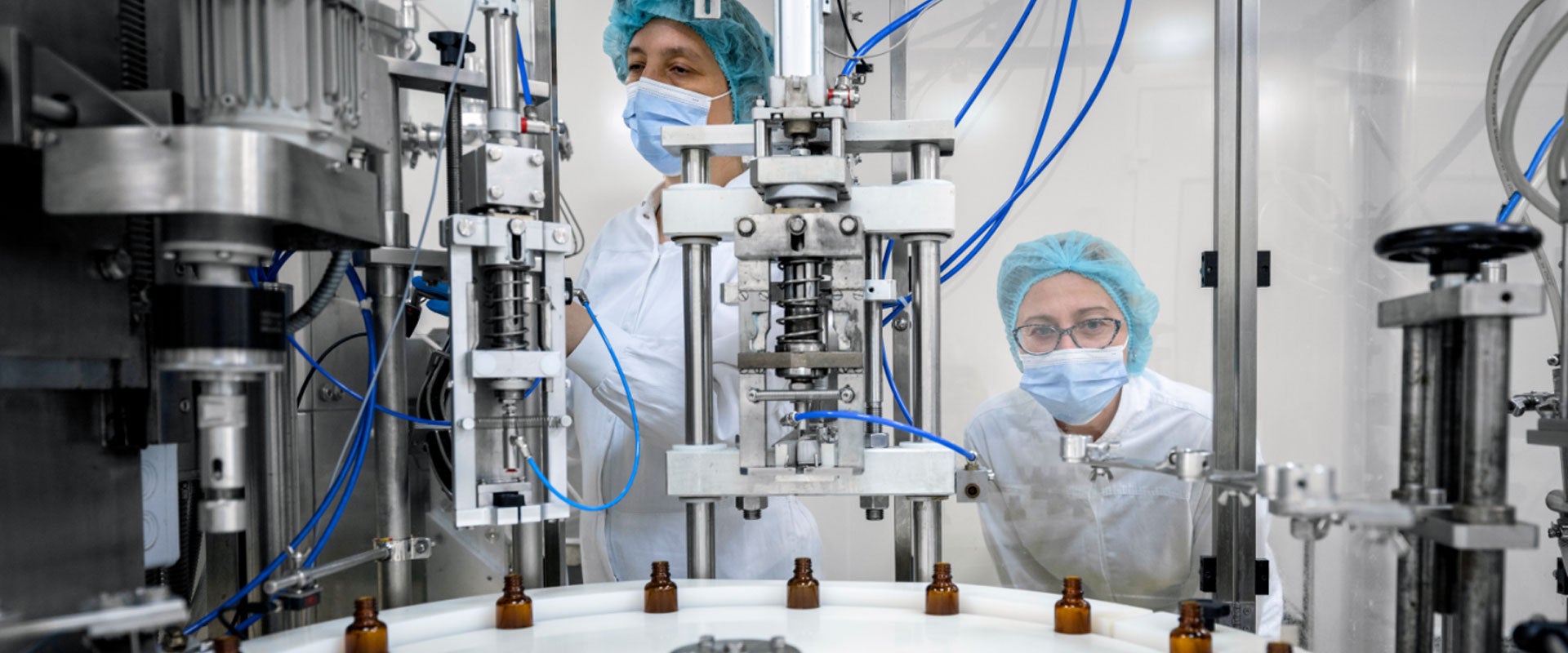A distinct group of therapeutic assets comprise approximately 20% of biopharma clinical and commercial pipelines (2022 estimate). ATMs, including adeno-associated virus (AAV) gene therapies (GTx), engineered cell therapies (CTx) and nucleic acid therapies (NATs), have had a significant clinical impact in hereditary disease, for hematological malignancies and, perhaps most acutely, against COVID-19.
As interest in ATMs grew during the 2010s, manufacturing challenges were top-of-mind for C-suite stakeholders, given technological novelty, complexity and capacity constraints (both in terms of facility infrastructure and experienced talent). These challenges were further exacerbated during the COVID-19 pandemic as manufacturing sites were shut down and supply chains were disrupted. In response, biopharma and contract development manufacturing organizations (CDMOs) aggressively invested in ATM manufacturing capacity expansion while taking advantage of historically low interest rates.
Today, manufacturing leaders are at a crossroads as capacity outpaces demand and facilities may not be fully utilized due to pipeline failures, clinical delays or shifting development priorities. Raising capital for continued process development, clinical development, scale-up and manufacturing is now difficult and expensive in the current macroeconomic environment, prompting executives to reexamine their insource vs. outsource strategy and broader manufacturing strategic approach.
Pre-pandemic: The emergence of advanced therapeutic modalities
Early clinical trial success signaled a need for novel manufacturing technologies and know-how as well as capacity planning for upcoming commercial yields. Initially, early biopharma adopters built internal capacity for the first wave of ATMs because there was not the external expertise or infrastructure to support their new manufacturing needs. The early clinical trial successes drove pipeline growth, which drove demand for rapid capacity and subsequent infrastructure investment. In turn, the expanding and maturing pipeline ultimately created an incentive for CDMOs to invest in capabilities and capacities to address ballooning demand (see Figure 1).








